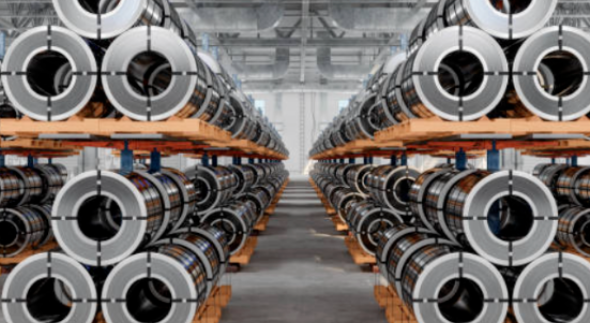Roll forming is a highly versatile and efficient process for producing metal components used in a wide range of industries, from construction to automotive. The choice of material is crucial in determining the durability, strength, and performance of the final product. Here, we will explore the common materials used in roll forming and the factors to consider when selecting the right metal for your project.
1. Steel
- Overview: Steel is by far the most popular material for roll forming. It is valued for its strength, durability, and ability to withstand high loads and stress. Steel also offers excellent versatility in terms of thickness and coatings.
- Types:
- Cold-Rolled Steel: Offers superior surface finish and precision, ideal for products requiring tight tolerances.
- Galvanized Steel: Steel coated with zinc for enhanced corrosion resistance, commonly used in outdoor applications such as roofing and wall panels.
- Stainless Steel: Known for its corrosion resistance, stainless steel is often used in high-exposure environments like marine or industrial settings.
- Applications: Structural components, automotive parts, metal framing systems, and roofing.
2. Aluminum
- Overview: Aluminum is lightweight yet strong, making it an excellent choice for applications that require weight reduction without compromising durability. It also has a high resistance to corrosion and is easier to form compared to steel.
- Advantages:
- Lightweight: Perfect for products where weight is a critical factor, such as in aerospace or automotive industries.
- Corrosion Resistance: Aluminum naturally forms a protective oxide layer, making it ideal for outdoor applications.
- Applications: Aluminum roll forming is commonly used for building facades, gutters, solar panel frames, and aircraft components.
3. Copper
- Overview: Copper is prized for its electrical conductivity, corrosion resistance, and aesthetic appeal. It is often used in architectural applications or electrical systems where conductivity is crucial.
- Advantages:
- Aesthetics: Copper has a distinctive appearance and is often used in decorative architectural projects.
- Electrical Conductivity: Due to its excellent conductivity, copper is commonly used in electrical components and wiring systems.
- Applications: Electrical systems, decorative roofing, and architectural details.
4. Brass
- Overview: Brass is an alloy of copper and zinc, known for its durability, corrosion resistance, and machinability. It is also highly decorative, making it a popular choice in applications where aesthetics are important.
- Applications: Plumbing components, decorative panels, and architectural elements.
5. Zinc
- Overview: Zinc is often used as a protective coating for other metals, but it can also be used as the primary material in roll forming due to its natural ability to resist corrosion.
- Applications: Roofing, gutters, and outdoor architectural details.
6. Other Considerations for Material Selection
- Corrosion Resistance: For outdoor applications, metals like galvanized steel, stainless steel, and aluminum are preferred due to their corrosion-resistant properties.
- Weight: If weight reduction is a priority, aluminum is often chosen over steel.
- Aesthetic Appeal: Copper and brass are popular choices for architectural applications due to their visual appeal and the unique patina they develop over time.
- Cost: Steel is generally more affordable than materials like copper or brass, making it the go-to choice for high-volume production.
- Application Requirements: Consider the mechanical properties of each material, such as tensile strength and malleability, to ensure that the final product meets the necessary performance standards.



